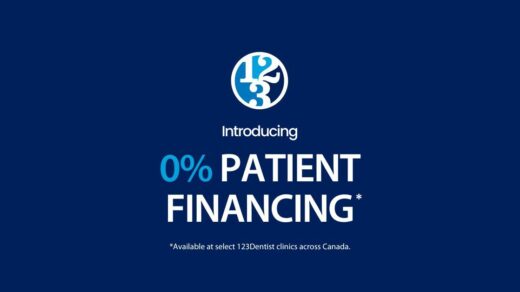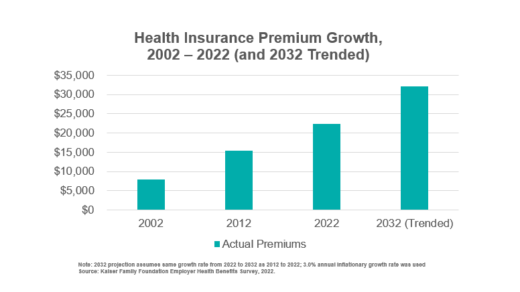Anabolic steroids that include testosterone, methyltestosterone, nandrolone decanoate and oxandrolone are schedule III controlled substances with currently accepted medical uses in the U.S. Other anabolic steroids are approved only for use in veterinary medicine. Because anabolic steroids are also abused to enhance athletic performance and increase muscle strength, Congress has enacted three laws regulating anabolic steroids: the Anabolic Steroid Control Acts of 1990 and 2004, and the Designer Anabolic Steroid Control Act of 2014 (“DASCA”). Congress felt that the laws prior to DASCA failed to sufficiently curtail the misuse of anabolic steroids. So, through DASCA, Congress targeted those who would circumvent the Controlled Substances Act (“CSA”) by manufacturing anabolic steroids with slightly different chemical structures from those expressly controlled by the CSA but which are intended to cause the same potentially harmful effects. Implementation of the Designer Anabolic Steroid Control Act of 2014, 88 Fed. Reg. 50,036 (Aug. 1, 2023).
DASCA amended the CSA by revising and adding specified substances to the definition of “anabolic steroid,” providing for the temporary and permanent scheduling of anabolic steroids and adding labeling requirements for products containing anabolic steroids. DASCA became law, amending the CSA, on December 18, 2014. The Drug Enforcement Administration (“DEA”) issued a final rule on August 1st whose sole purpose is to codify DASCA’s CSA amendments in DEA’s regulations, taking effect immediately and not requiring public comment because it “merely conforms the DEA’s regulations to the statutory amendments to the CSA that have already taken effect, and does not add additional requirements.” Id.
Definition of “Anabolic Steroid”
To address exploitation of the earlier narrow statutory definition of “anabolic steroid,” DASCA controlled anabolic steroids by name that had emerged after 2004 under the CSA and expanded the definition of “anabolic steroid” to control such steroids that would emerge in the future. Id. DASCA amended the CSA definition of “anabolic steroid” by adding 22 new substances to the prior list. Id. at 50,037 codified at 21 C.F.R. § 1308.13(f).
DASCA expanded the definition of “anabolic steroid” to include a drug or hormonal substance chemically and pharmacologically related to testosterone (other than estrogens, progestins, corticosteroids and dehydroepiandrosterone) that brings to 86 substances now listed in 21 C.F.R. § 1308.13(f). Id. at 50,039 codified at 21 C.F.R. § 1300.01(b).
A drug or hormonal substance, other than estrogens, progestins, corticosteroids, and dehydroepiandrosterone not listed in 21 C.F.R. § 1308.13(f) and “is derived from, or has a chemical structure substantially similar” to an anabolic steroid in that provision is considered an anabolic steroid if:
- The drug or substance has been created or manufactured with the intent of producing a drug or other substance that either promotes muscle growth, or otherwise causes a pharmacological effect similar to that of testosterone; or
- The drug or substance has been, or is intended to be, marketed or otherwise promoted in any manner suggesting that consuming it will promote muscle growth or any other pharmacological effect similar to that of testosterone. Id. at 50,040 codified at 21 C.F.R. § 1300.01(b)(2)(i).
The definition excludes anabolic steroids intended for administration through implants to cattle or other nonhuman species that have been approved by the Secretary of Health and Human Services (“HHS”) for such administration. Id. at 50,039-40 codified at 21 C.F.R. § 1300.01(b)(1)(i). Also not considered to be a drug or hormonal substance for purposes of the new definition is an herb or other botanical; a concentrate, metabolite, or extract of, or a constituent isolated directly from an herb or other botanical that is a dietary supplement for purposes of the Federal Food, Drug, and Cosmetic Act (“FDCA”). Id. at 50,040 codified at 21 C.F.R. § 1300.01(b)(2)(ii).
Administrative Scheduling
DASCA authorizes DEA to issue a temporary scheduling order adding a drug or substance to the list of anabolic steroids in schedule III for up to two years that can be extended six additional months if the agency finds that the drug or substance satisfies criteria as an anabolic steroid and will assist in preventing abuse or misuse of the substance. Id. at 50,041 codified at 21 C.F.R. §§ 1308.50(a)-(b). The temporary scheduling cannot take effect until 30 days after publication in the Federal Register. Id. at 50,041 codified at 21 C.F.R. § 1308.50(b). DEA must also transmit the notice of a proposed order to HHS and take into consideration comments from that agency. Id. at 50,041 codified at 21 C.F.R. § 1308.50(c). In addition, DASCA gave DEA authority to issue a permanent order adding a drug or substance to the definition of “anabolic steroid” if it satisfies the criteria for being considered an anabolic steroid. Id. at 50,041 codified at 21 C.F.R. § 1308.50(f).
Labeling Requirements
DASCA also added a labeling requirement in the CSA to identify products containing anabolic steroids. It is now unlawful to import, export, manufacture, distribute, dispense, or possess with intent to manufacture, distribute, or dispense an anabolic steroid or product containing an anabolic steroid, unless the product bears a label clearly identifying it as such by International Union of Pure and Applied Chemistry (“IUPAC”) nomenclature. Id. at 50,040 codified at 21 C.F.R. § 1302.08(a).
DASCA exempts IUPAC labeling if the product is labeled under the FDCA or is the subject of an approved new drug application under 505(b) or (j) of the FDAC or is exempt as a new drug intended solely for investigational use and is being used solely for purposes of a clinical trial subject to a new drug application. Id. at 50,040 codified at 21 C.F.R. § 1302.08(b).
Civil Fine Provisions
In addition, DASCA added civil fine provisions to the CSA of up to $500,000 for each instance an importer, exporter, manufacturer, or distributor, and up to $1,000 for each violation at the retail level, that fails to comply with labeling requirements. 21 U.S.C. §§ 842(c)(1)(C) and (D). DEA may take failure to comply with labeling requirements into consideration when issuing or revoking a DEA registration. Id. at 50,038.
****
Again, the anabolic steroid requirements have been in effect in the CSA since December 2014. The final rule does not change the legal status of the anabolic steroids. It amends and merely updates DEA regulations for consistency with DASCA’s amendments to the CSA.







